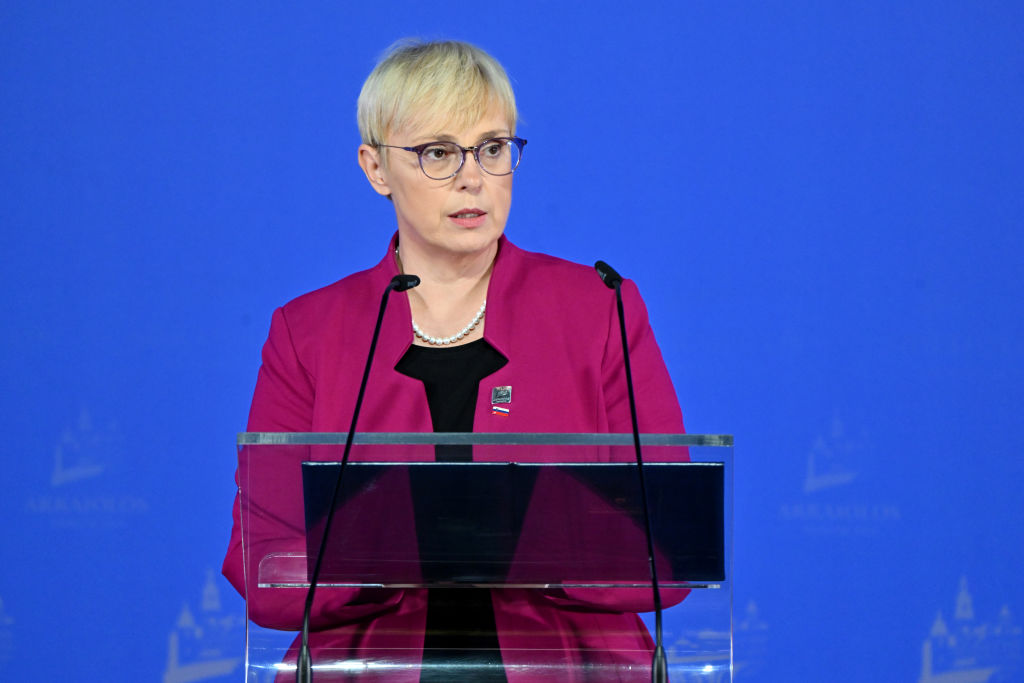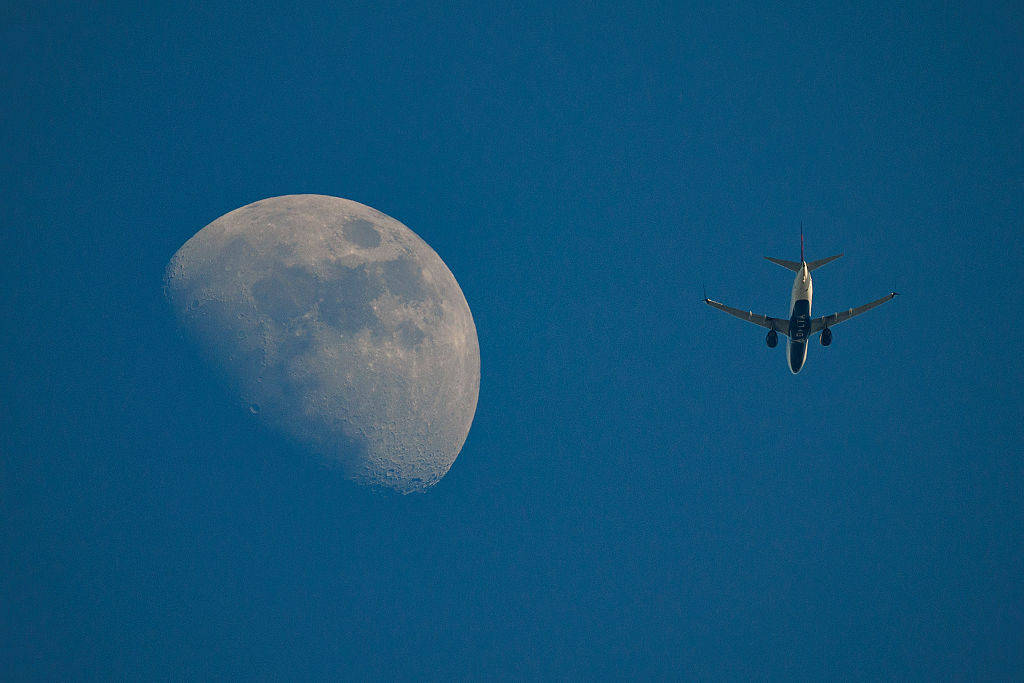The US was said to be rushing to put nuclear power reactors on the Moon and Mars and hoped to launch the first system within just a few years.
A new NASA directive – seen by AFP on August 5 – called for the appointment of a nuclear power tsar to select two commercial proposals within six months, framing the push as crucial to outpacing a joint Chinese-Russian effort.
Signed by acting NASA chief Sean Duffy, who is also US transport secretary, the July 31 memo was the latest sign of the agency’s shift towards prioritising human space exploration over scientific research under US President Donald Trump’s second term.
“Since March 2024, China and Russia have announced on at least three occasions a joint effort to place a reactor on the Moon by the mid-2030s,” it said.
“The first country to do so could potentially declare a keep-out zone, which would significantly inhibit the United States from establishing a planned Artemis presence if not there first.”
Nuclear power on the Moon has been seen as critical to the US space exploration and national security goals and the US Government should “move quickly” to build reactors there before its terrestrial rivals do, according to Duffy, Australia’s ABC News reported on August 5.

One full “day” on the Moon is two weeks of light followed by approximately two weeks of darkness (in Earth time).
Nuclear energy, referred to as fission surface power, or FSP, in the directive, is a “sustainable” and “high-powered” energy source that can survive through the lunar night and be deployed on other celestial bodies, like Mars, according to Duffy.
“We’re in a race to the Moon, in a race with China to the Moon,” he said.
“And to have a base on the Moon, we need energy. And some of the key locations on the Moon, we’re going to get solar power. But this vision technology is critically important, so we’ve spent hundreds of millions of dollars studying.
“Can we do it? We are now going to move beyond studying and we are going,” Duffy continued.
“We have given direction to go. Let’s start to deploy our technology, to move to actually make this a reality.”
The idea of using nuclear energy off-planet is not new.
Since 2000, NASA has invested $200 million (€172 million) towards developing small, lightweight fission power systems, although none have progressed towards flight readiness, according to the directive, AFP reported.
The most recent effort came in 2023 with the completion of three $5 million (€4.3 million) industry study contracts that focused on generating 40 kilowatts of power, enough to continuously run 30 households for 10 years.
Unlike solar power, fission systems can operate around the clock – invaluable during the weeks-long lunar nights or Martian dust storms.
Advances in technology have made such systems increasingly compact and lightweight.
NASA formally committed to using nuclear power on Mars in December 2024 – the first of seven key decisions necessary for human exploration of the Red Planet.
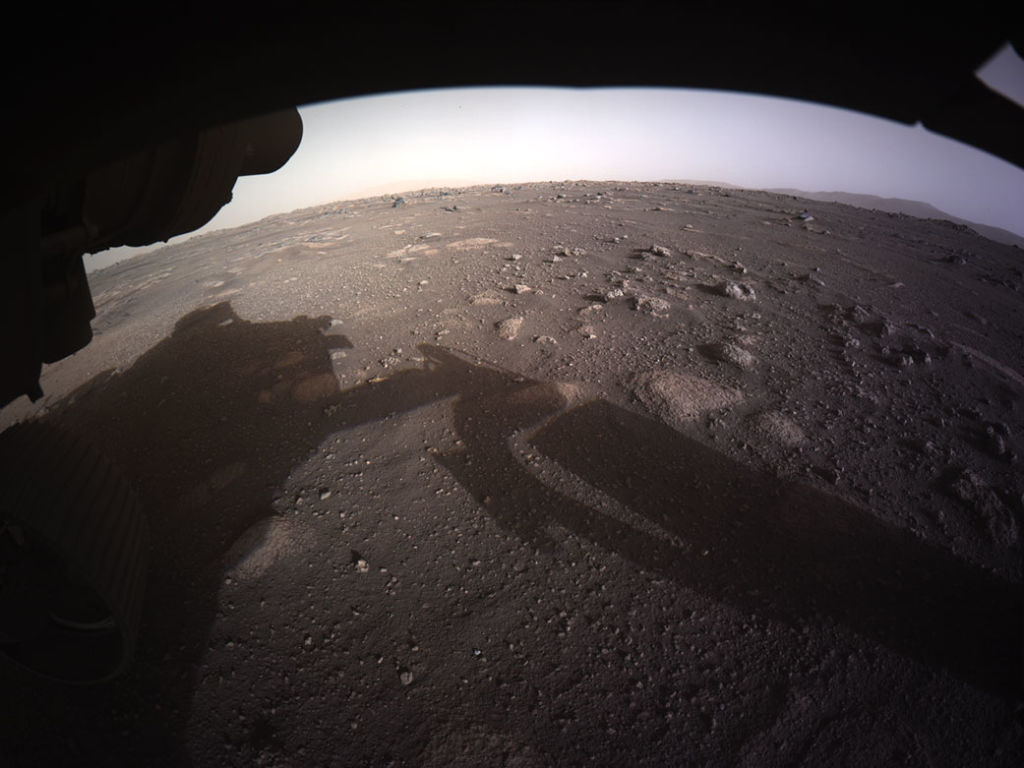
Based on feedback by industry, surface power needs should be at least 100 kilowatts to support “long-term human operations including in-situ resource utilisation”, meaning things such as life support, communications and mining equipment to collect surface ice.
It assumed the use of a “heavy class lander” that carried up to 15 metric tonnes of mass and targeted a “readiness to launch by the first quarter of FY30”, meaning late 2029.
NASA’s Artemis programme to return to the Moon and establish a lasting presence near the south pole has faced repeated delays.
The timeline for Artemis 3, the first planned crewed landing, has slipped to 2027, a date few saw as realistic given the planned lander, US billionaire Elon Musk’s SpaceX Starship, was still far from ready for a Mars voyage.
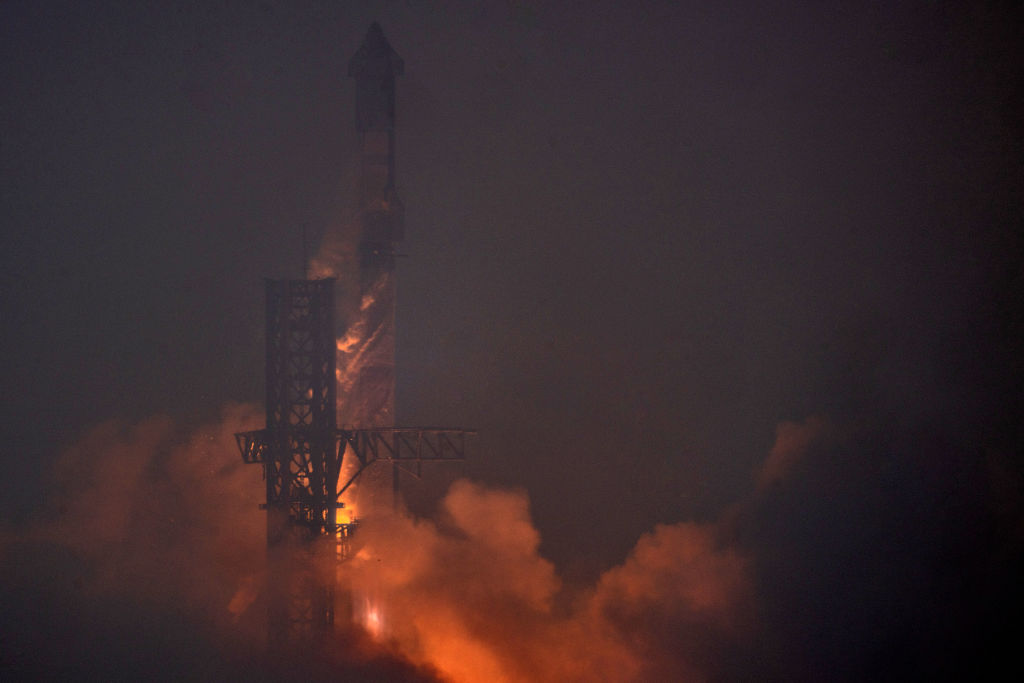
China, meanwhile, has targeted 2030 for its first crewed mission and has proven more adept at meeting its deadlines in recent years.
When reached for comment by ABC News, NASA said: “We’ll let these directives speak for themselves.”
The directive dated July 31 called for a “Fission Surface Power Programme Executive” to be named within 30 days, who would implement and oversee the project and will report directly to the NASA administrator. It did not say what exactly the nuclear reactors would power on the Moon.
On March 27, Reuters reported that Russia said it could supply a small nuclear power plant for a mission to Mars planned by Musk, according to President Vladimir Putin’s international co-operation envoy Kirill Dmitriev.
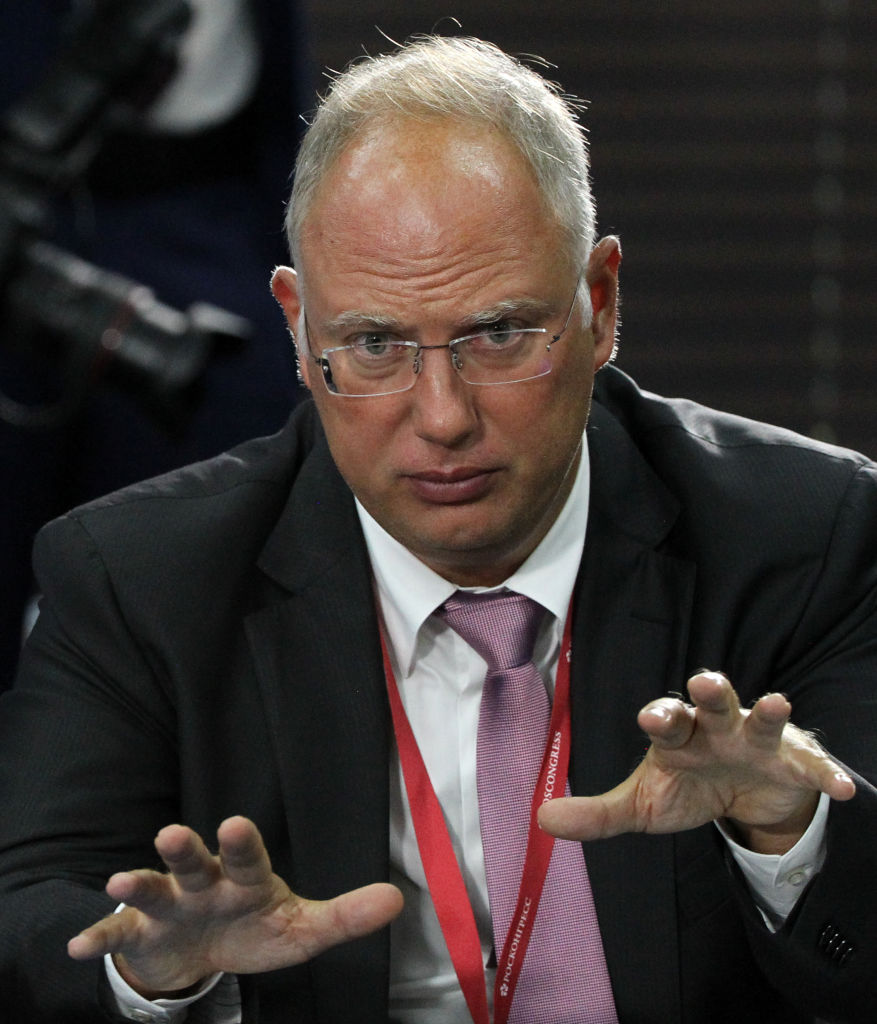
He said Moscow could discuss the offer with Musk by video conference. It was the second time Dmitriev had spoken of potential co-operation with Musk that month.
The proposal came after Trump launched talks with Russia aimed at reviving bilateral ties that were languishing at their lowest level in decades due to Russia’s war in Ukraine.
Moscow had been seeking to develop economic co-operation with Washington, even as US sanctions against Russia over the conflict remained in place.
US-Moscow tensions, though, have since accelerated significantly.


